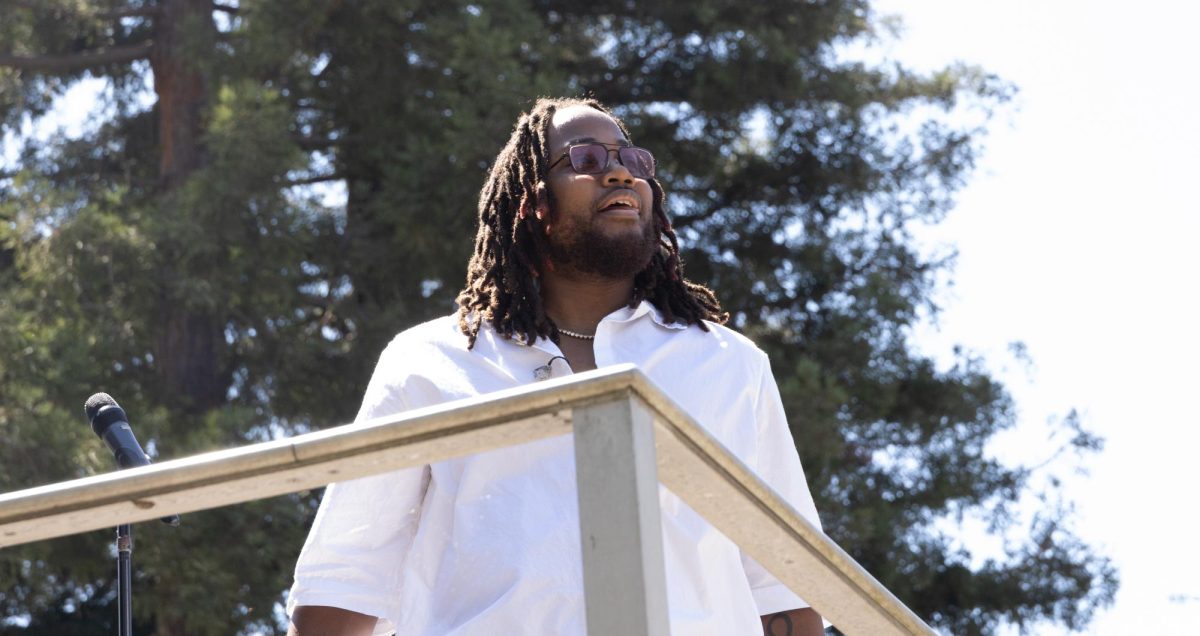In his new book, “The Professor of Secrets,” history professor and Pulitzer Prize-nominated author William Eamon dismantles our romance with Renaissance Italy to reveal a plague-ridden society, and the totalitarian measures taken to prevent disease from propagating.
Looking at Renaissance Italy through the lens of medicine, Eamon paints a picture of pain, suffering, death and the doctors who were unable to do much about it.
The historical thriller follows the life of Leonardo Fioravanti, the era’s first “celebrity doctor” who, through sheer luck, adroitness for self-promotion, and a solid foundation in alchemy, earned the status of a miracle worker.
While Fioravanti’s hometown, Bologna, accommodated the nation’s best medical university, the doctors it produced were better versed in theory and debate than in medical practice. At the time, medical professors made their students study the Greek theory of Humorism, which purported that all internal problems were caused by an imbalance between the body’s four humors, or fluids: blood, phlegm, black bile and yellow bile.
Only those who had completed their medical education at the university were given the title of “doctor,” and only doctors were able to prescribe medicines for internal ailments. Superficial or hygienic procedures like setting bones, removing tumors, curing skin diseases and pulling teeth were carried out by barber-surgeons, who were mostly unlicensed, underpaid, and were held in disrepute by the medical establishment.
This system upset Fioravanti, who felt that doctors of the day believed in things that were occult or imaginary.
“The only thing anatomy lessons proved, in Fioravanti’s opinion, was that doctors teach and write about things that don’t exist,” writes Eamon. The medical practice lacked any basis in empirical evidence and direct experience.
Fioravanti resented the Protomedico, or health authorities, so he took his iconoclastic views out of Italy.
Fioravanti traveled around Europe, and everywhere he went he would collect medical advice and remedies from anyone he came into contact with—empirics, barber-surgeons, peasants, soldiers, old women, clergymen, midwives. These procedures and remedies were his “secrets.”
Sometimes these secrets were even stolen from people. He would take medicines from other people, make them more potent through his extensive knowledge of alchemy, and re-patent them as his own as “Leonardo’s Grand Liquors.”
By the age of 30, he was seen as a new Jesus Christ. And he played the part well. Fioravanti wasn’t a quack mountebank, but he did have a flare for dramatics. He began touting his miracles in pure vainglory. He could cure the blind by dissolving cataracts. He could cure syphilis by using diluted, yet toxic, emetics. He could perform unheard of surgeries.
Most of the time, Fioravanti did not even know what he was doing. But because other physicians refused to treat ailments they deemed incurable, Fioravanti was able to step up to the plate even though he was young, inexperienced and unlicensed.
The story of Fioravanti makes “The Professor of Secrets” an exciting read, even for those not particularly attuned to historical novels. The book, sponsored by National Geographic, will certainly grace the shelves of anyone interested in the history of medicine and disease during the Renaissance. For anyone interested in Italy’s past, this is a must-read. Medical students and medical professionals can also learn just how twisted their field of study was just hundreds of years ago.
“The Professor of Secrets” is Eamon’s third book about the history of Renaissance medicine. The book is thoroughly researched and contains marvelous artwork of the time to supplement to the reader’s experience. If there is one downfall to the book, is that its organization is scattered and Eamon can be a bit redundant.
When reading this book, one is transported back to a time when religion, superstition and classical Greek theories dominated medicine rather than practice and experiment.
It will make the reader appreciate how people like Fioravanti changed the medical practice from a philosophy to a science.
As Fioravanti wrote in his autobiography, “it’s a good thing for all of us who came after, who have studied and searched for experience to accompany method and science, because in following that way, medicine is a glorious thing.”











